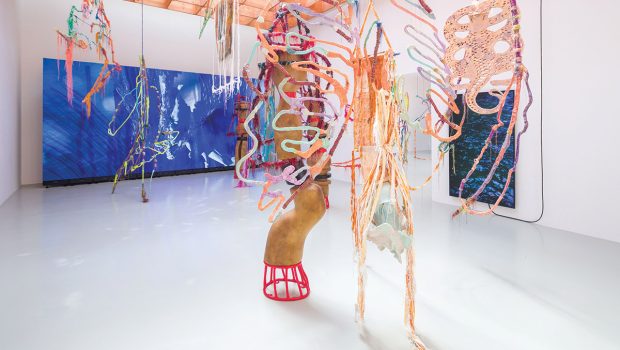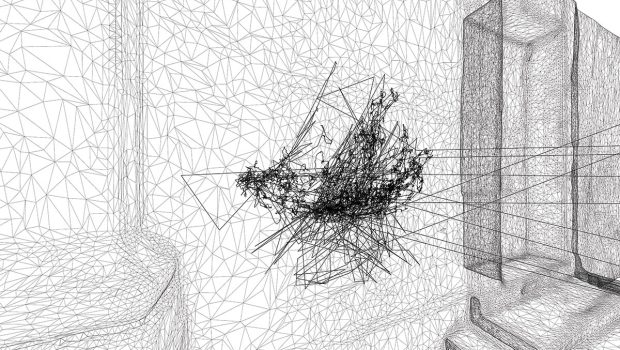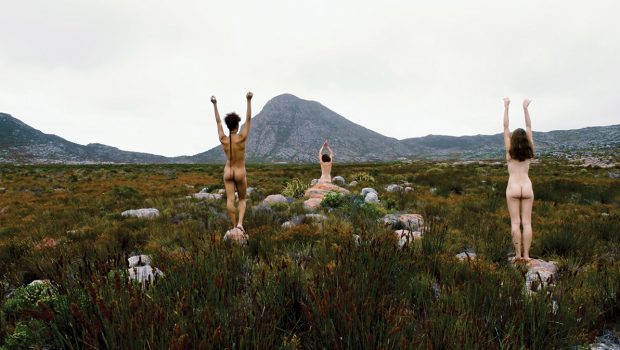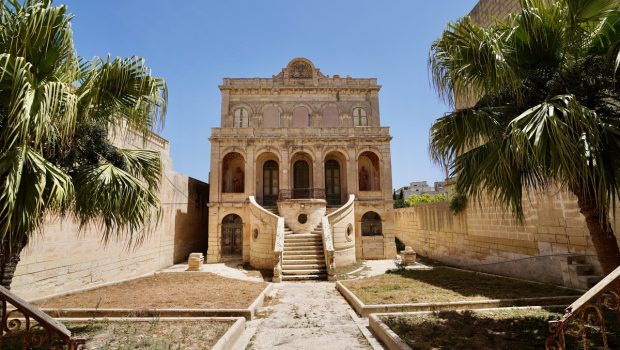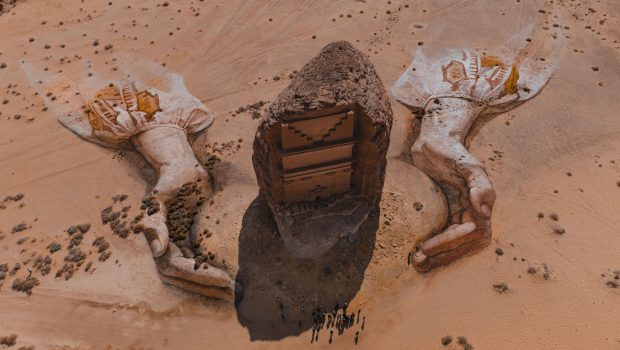FUSE
What is fuse?
fuse is a community-driven and context-specific artistic project focusing on the Biċċerija area, now known as the Valletta Design Cluster, and its surroundings. Its primary scope has been to discover the communities that have a relationship to the area, to uncover their stories, to facilitate interactions and ultimately develop a project that has art, community and context at its core. These objectives set the groundwork for this two-year project and steered it in a direction that has remained true to its primary values: breaking boundaries between art and non-art communities, inclusion, safeguarding of living heritage, creative placemaking and sustainability.


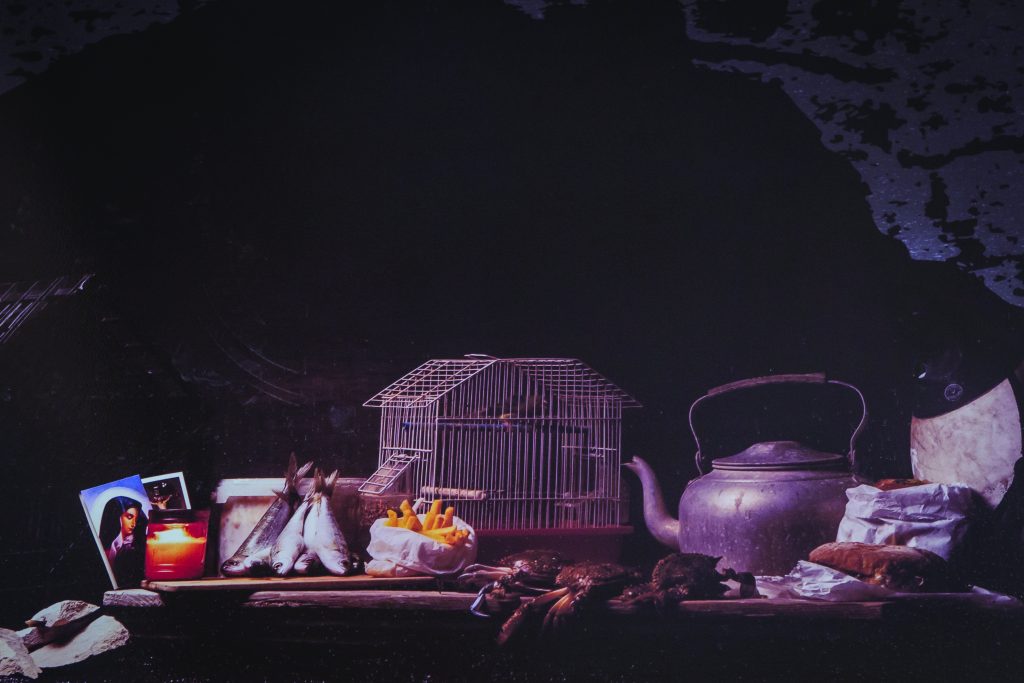
The result is a collection of eight contemporary art interventions, each based on a unique curatorial thematic. Each intervention unlocks and builds on collective group identities. It exposes traits, characteristics, traditions and typologies, uncovering what makes the Biċċerija community and context unique.
Communities + context + art: the process
Back in 2019, the Valletta Cultural Agency and the Valletta Design Cluster shortlisted a series of curators to pitch a community-engaged project for the Biċċerija area. Having proposed a process-based curatorial concept, I wanted fuse to be based on an adaptable approach that was sensitive and non-invasive to the communities and context our team would eventually interact with.
To set its direction, the project would unfold across six main phases: a research phase, a data collection phase, selection of themes, selection of artists, artistic production and exhibition, and outreach. All the phases would be equally important and interdependent to the process as a whole, collectively dictating the development of the project.
What are the inherent group identities of the communities which have a relationship to the Biċċerija area?
Linked to social and anthropological frameworks, such as social identity theory and identity fusion, the research and curatorial processes for fuse were entirely based on an informal storytelling approach. Little is known about the Biċċerija area, little has ever been written. There was no other better source of information than the communities themselves. The selection of themes was based on aspects which mattered the most, or which resurfaced from one conversation to the next. Ritual, Synergy, Displacement, Intersection, Symbiosis, Resilience, Conviviality, Transaction and Familiarity. Although seemingly broad and vague, each term encapsulates varied meanings and connotations associated with the social, cultural, environmental, geographical, political and cultural aspects of the place, and their significant overlaps. Carnival. Bakers. Gentrification. Plants. Neglect. Transformation. Hope. Tourists. The past, the present, the future, the unknown, the personal, the public.
As ideas developed, the project became more inclined towards creative placemaking – it became more evident that the works had to be located in public space. Once the artists were selected on the basis of theoretical concepts, several distinct processes started to unfold. Assimilation of each artist/artist collective to a theme, introduction of the artists to the communities and context, setting up of workshops, rehearsals and prototypes; the community observed, the pandemic disrupted, the works were taking shape, questions were being asked – the project was fusing.
They were curious, they were intrigued, their stories came to life.
Even whilst setting up the works, a constant facilitating process was employed. As an ongoing point of reference present in all the conversations throughout the project, I created links between their personal stories and the work that was being set up – they observed and they listened. The team, the artists, the communities became a synchronised, interwoven system joining together to create a project that was not only about the community, the context, ourselves and every other component in between, but about us altogether.
“Whether they will stay or leave will depend on how much they will fuse”.
Even less than a week after the works were set-up, the communities’ feedback, actions and response were incredibly overwhelming. The residents explained the works to tourists and strangers, the artworks were being maintained, requests were coming in for the works to become more permanent.This brings us to the materialisation of essential elements related to fuse, that of cultivating a sense of ownership and appropriation, reinforcing a sense of community and integrity whilst maintaining the identity of an area so important to the development of the social and cultural dimension of Valletta. Their differences were blurred – everyone became a part of a process, their stories became significant, they were heard.
They came together in celebration of their culture, by finding and sharing their dreams, by collaborating, respecting, understanding and realising that this was not only about us, that it was about them. We became a part of their community – it is now home.
—
The interventions can be seen in the surroundings of the Valletta Design Cluster until the 16th of July 2021. fuse is a project created and curated by Elyse Tonna and produced by the Valletta Cultural Agency. The artists involved in this project include Victor Agius, Aaron Bezzina, Giola Cassar and Aprille Zammit, Samuel Ciantar, Tom van Malderen, Laura Besancon, Text Catalogue (Ella Fleri Soler and Andrew Darmanin) and Andrea Zerafa and Chakib Zidi, Noah Fabri and Fatima AM.
More information can be found on the Valletta Cultural Agency website: https://www.vca.gov.mt/en/blog/fuse
Photos by Elisa von Brockdorff.



